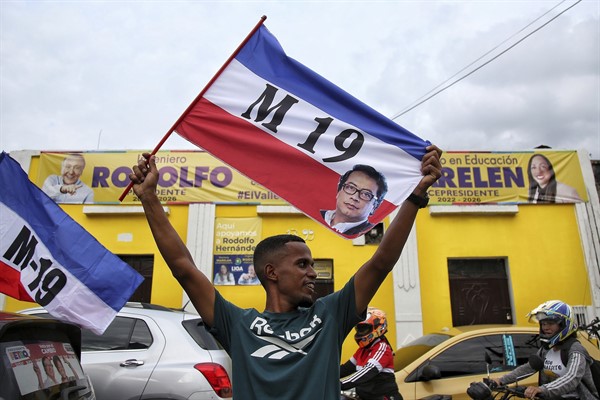In the second round of Colombia’s election last month, voters faced a choice between Gustavo Petro, a far-left former guerrilla, and Rodolfo Hernandez, a candidate regularly described as a “right-wing populist.” Many citizens who define themselves as centrist and wanted to vote for a moderate candidate found themselves struggling to decide which of these extremes was worse.
Second-round polarization has become a common theme in Latin American presidential elections. In the past year, presidential candidates from ideological extremes in Chile, Peru and Colombia made it to second-round votes, while more traditional and centrist candidates missed the cut by large margins. Similarly, ahead of Brazil’s election later this year, candidates from the center are lagging in the polls, leaving the right-wing populist President Jair Bolsonaro and iconic leftist former President Luiz Inacio Lula da Silva as the front runners. Were there to be a surprise in the final months before that vote, the most likely scenario would be a last-minute surge by an outsider, not an establishment centrist.
This trend started before the pandemic. In nearly every election held in the region over the past four years, starting around 2018, when Andres Manuel Lopez Obrador won in Mexico and Jair Bolsonaro won in Brazil, centrist candidates have been pushed out of competition. “Centrist” here can be defined as someone who is part of an establishment political movement that falls between a country’s major left-wing and right-wing political parties on the political spectrum.

